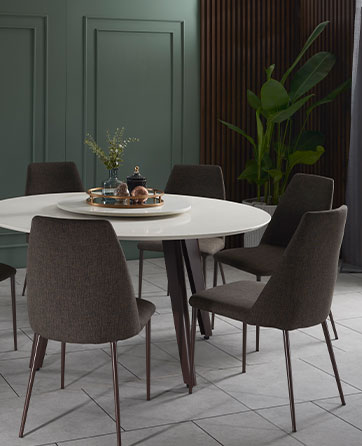Why Discerning Consumers Are Ditching Regular Textiles For Bamboo?
We live in an age of the discerning consumer who wants to know about the supply chain of their products, how the chain may affect the environment and the global community stakeholders who help in making the construction of the final product possible.
The increase uptake in veganism, pescetarianism,’organitarian’ and vegetarianism for better health, ethical reasons, animal rights and reduced carbon footprint are evidence of a sizable growing sophisticated segment of consumers.
Some may find the transition to full vegan an uphill task, the birth of ‘reducetarianism’ refers to a group of people who deliberately reduce their consumption of animal products while giving them the flexibility to indulge or consume animal products when it is inconvenient to be vegan.
So where is all this heading?

Cotton, the dominant fibre in the textile market, is growing increasingly controversial with the lead producers of the world being India, China and the United States. Investigative journalism has given the world some insights to how the cotton produced and the conditions that labourers are subjected to. As such, realising that it is near impossible to entirely remove cotton from their lifestyle, some consumers are choosing to reduce their dependence on cotton.
The water footprint of cotton fibers is substantially larger than for most other plant fibers. It is known as a ‘thirsty crop’ which requires 8000-10000 liters of water for one kilogram of cotton. In India where weather conditions are dryer, the crop may need significantly more water. Bamboo is also known to use a fair amount of water. However, because their harvest life cycle is shorter, the water footprint of bamboo fibre is much lower.
Did you know that certain bamboo crops can grow at the rate of up to 91cm a day? Being easily replenishable, the crop is sustainable while remaining an eco-friendly choice without being as dependent on water as cotton! In fact, farmers do not need to remove and replant the entire crop after harvest. Because bamboo is a grass, a simple cutting of the bamboo will lead to the crop regrowing at a faster rate.

Bamboo also grows in a dense manner and has a high yield when compared to other crops on a square foot basis. This makes bamboo an efficient crop and reduces the need for major land clearing, easing pressure on land use. A little known fact is that the bamboo plant actually generates 35% more oxygen than similar trees, hence reducing the carbon dioxide in the atmosphere!
Unlike regular cellulose-based textiles, bamboo textiles are biodegradable when exposed to the right conditions. The return to mother nature in a safe and environmentally friendly manner frees landfills and reduces greenhouse gas production from unnecessary incineration.
There is no need for fertiliser or pest control chemicals in the growth of bamboo. Bamboo textiles are naturally antibacterial and naturally resistant to fungi and pest infestation. This is why they make perfect fabrics for mattresses. In an age where viruses are capable of crippling economies and harming lives, it makes sense to opt for a clean and safe place to rest night after night.
The wonderfully soft material feels luxurious and offers superior breathability. No wonder there is an increasing trend to manufacture bed linens and towels from bamboo fibres.

Natura mattresses by Nightingale are thoughtfully finished with bamboo textile that harnesses nature’s gift. It feels cool to the touch and the mattress can be easily configured into multiple positions with Cellini’s Float bed. The bed even allows position configuration for 2 individuals on the same bed. Now you can each find the right sleeping position perfectly suited to your liking.



